After a seemingly-interminable dry streak, we’ve finally been blessed with rain again here in our corner of the Pacific Northwest, and with it, the transition to a new season. With autumn here, now is the time to once again begin planting shrubs and trees, rehabilitating your lawn and sprucing up your containers for autumn.
Even though it can still feel like summer in the afternoons, step outside early one morning and notice the changes: temperatures are cooler, heavy dew blankets the grass, and the daylight hours are quickly lessening. All of this adds up to ideal conditions to plant. In short, planting in fall offers many of the same conditions as spring with the added benefit of soil still warm from summer’s heat, encouraging rapid and healthy root development for the plants you put in the ground.
Whatever you choose to plant this fall—and to be clear, September and October are great months for planting just about anything—ensure that your plants get established quickly by treating them with a starter solution like Bonide Root & Grow. Plant starters are designed to provide the nutrients plants need to develop healthy root systems and overcome any transplant stress.
A second task you can put on your list this month is lawn rehabilitation. Maybe you let your lawn go dormant (a nice word for brown!) this summer, and now it’s starting to green up slightly. If it’s been at least six weeks since you last fed the lawn, fertilize now with Scotts Turf Builder lawn food. After a long, hard summer, Turf Builder can help thicken up your grass and get it healthy before fall really sets in.
Now, if you let your lawn go totally brown this summer, you may need to replant some dead spots. Or maybe you’ve redone a patio or deck this summer and should patch a few areas of lawn. In any case, September is arguably the best month to plant grass, so get to work!
As with plants, grass seed loves the slightly cooler temperatures, regular moisture and warm soil September has to offer. When planting grass seed, prepare the area with a fresh layer of topsoil, or for small areas, at least rake through the existing soil to break the surface slightly. Then spread starter fertilizer—a necessity for grass seed to germinate and take root. Unlike most regular lawn fertilizers, starter fertilizer contains phosphorus, an essential element for root development, so be sure that you use starter, not standard lawn fertilizer.
Finally, spread your grass seed, and top with a light dusting of peat moss, topsoil or compost. If you’re able to keep the seed moist (watering lightly two to three times a day in dry weather), you’ll see a green haze of grass sprouting in around a week. And by October, when the rainy season arrives, you’ll have a lawn well established for winter!
Lastly, now is the perfect time to begin planting your pots with flowers for fall and winter color. Cool Wave pansies—the trailing cousins to traditional winter pansies—make great spillers in containers or hanging baskets to replace your summer-weary flowers. For foliage texture, heuchera works well in sun or shade and provides excellent color for the dreary months. And for height in a large pot, try a unique shrub like Whipcord cedar. Its grassy texture will move in the wind, and since it’s hardy to -20 degrees F, you can leave it out all winter and trust it to survive.
With summer beginning to give way to autumn, take advantage of this near-perfect weather to work outside and enjoy the beauty of the changing seasons!


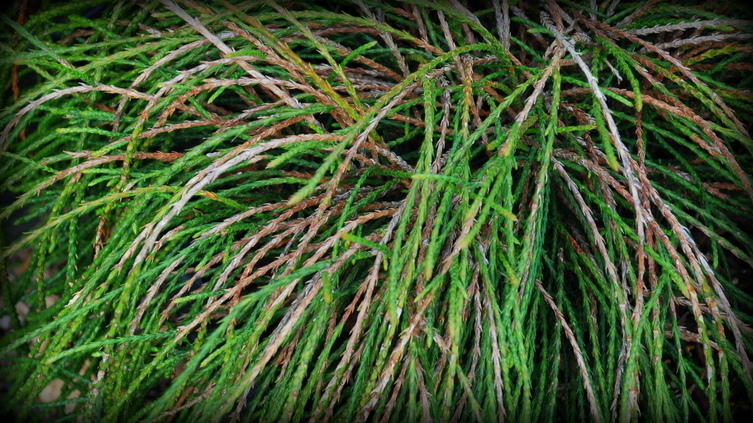
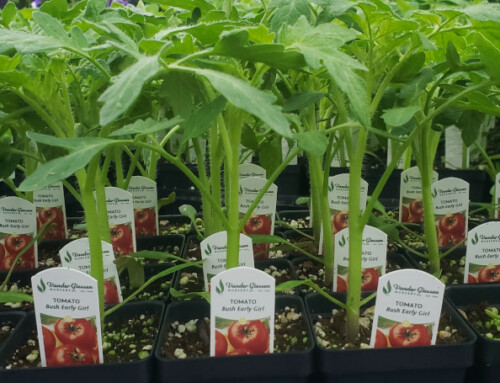
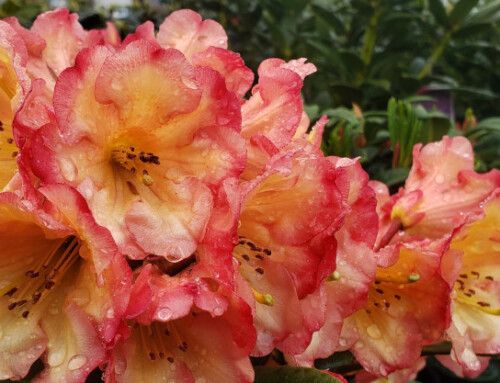
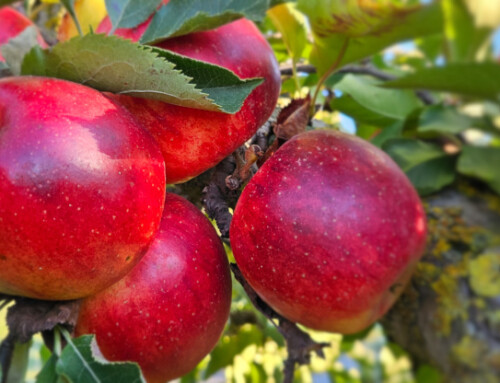
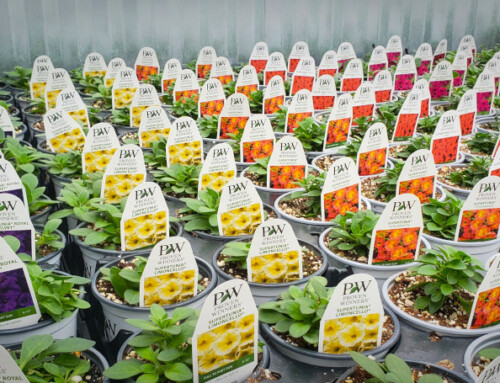
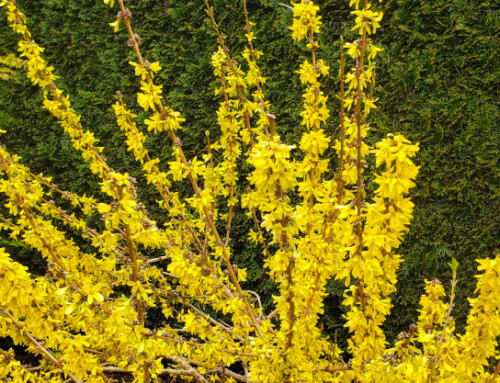
Leave A Comment